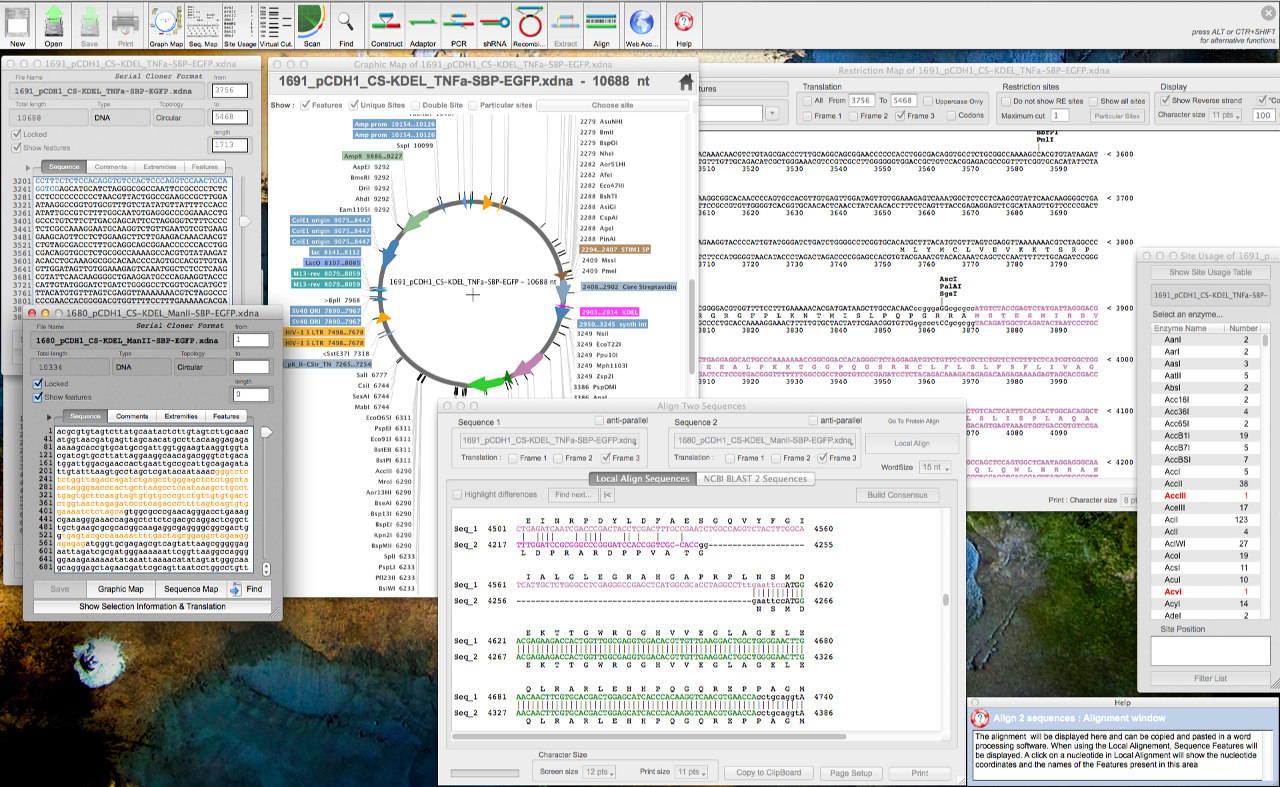

Further this fragment can be incorporated into a host genome. DNA synthesis displaces the single stranded region and then a second nick at the left border region releases the single stranded T-DNA fragment. Then, single stranded binding proteins attach to the single stranded DNA. This nick creates a region of single stranded DNA from the left border of the T-DNA gene over to the right border which was cut. The integration of T-DNA into a host genome involves the formation of a single-stranded nick in the DNA at the right border of the Ti plasmid. Then this process proceeds with the macromolecular translocation from Agrobacterium to cytoplasm of host cell, transmission of T-DNA along with associated proteins (called T-complex) to the host cell nucleus followed by disassembly of the T-complex, stable integration of T-DNA into host plant genome, and eventual expression of the transferred genes.

The bacterial virulence genes expression of approximately 10 operons is activated by perception of phenolic compounds such as acetosyringone emitted by wounded plant tissue and follows cell-cell contact. First, the bacteria multiply in the wound sap before infection and then attach to the plant cell walls. The infection process of T-DNA into the host cell and integration into its nucleus involve multiple steps. Plant genomes can be engineered by use of Agrobacterium for the delivery of sequences hosted in T-DNA binary vectors. This natural process of horizontal gene transfer in plants is being utilized as a tool for fundamental and applied research in plant biology through Agrobacterium tumefaciens mediated foreign gene transformation and insertional mutagenesis. The opines are amino acid derivatives used by the bacterium as a source of carbon and energy. Agrobacterium rhizogenes causes a similar infection known as hairy root disease. The synthesis of the plant hormones auxin and cytokinin by enzymes encoded in the T-DNA enables the plant cell to overgrow, thus forming the crown gall tumors typically induced by Agrobacterium tumefaciens infection. By transferring the T-DNA into the plant genome, the bacterium essentially reprograms the plant cells to grow into a tumor and produce a unique food source for the bacteria.
USING SERIAL CLONER TO SEE WHERE TDNA MUTANT SHOULD FALL CODE
The bacterial T-DNA is about 24,000 base pairs long and contains plant-expressed genes that code for enzymes synthesizing opines and phytohormones.

Transfer is initiated at the right border and terminated at the left border and requires the vir genes of the Ti plasmid. The T-DNA is bordered by 25-base-pair repeats on each end. The capability of this specialized tumor-inducing (Ti) plasmid is attributed to two essential regions required for DNA transfer to the host cell. The T-DNA is transferred from bacterium into the host plant's nuclear DNA genome. The transfer DNA (abbreviated T-DNA) is the transferred DNA of the tumor-inducing (Ti) plasmid of some species of bacteria such as Agrobacterium tumefaciens and Agrobacterium rhizogenes (actually an Ri plasmid).


 0 kommentar(er)
0 kommentar(er)
